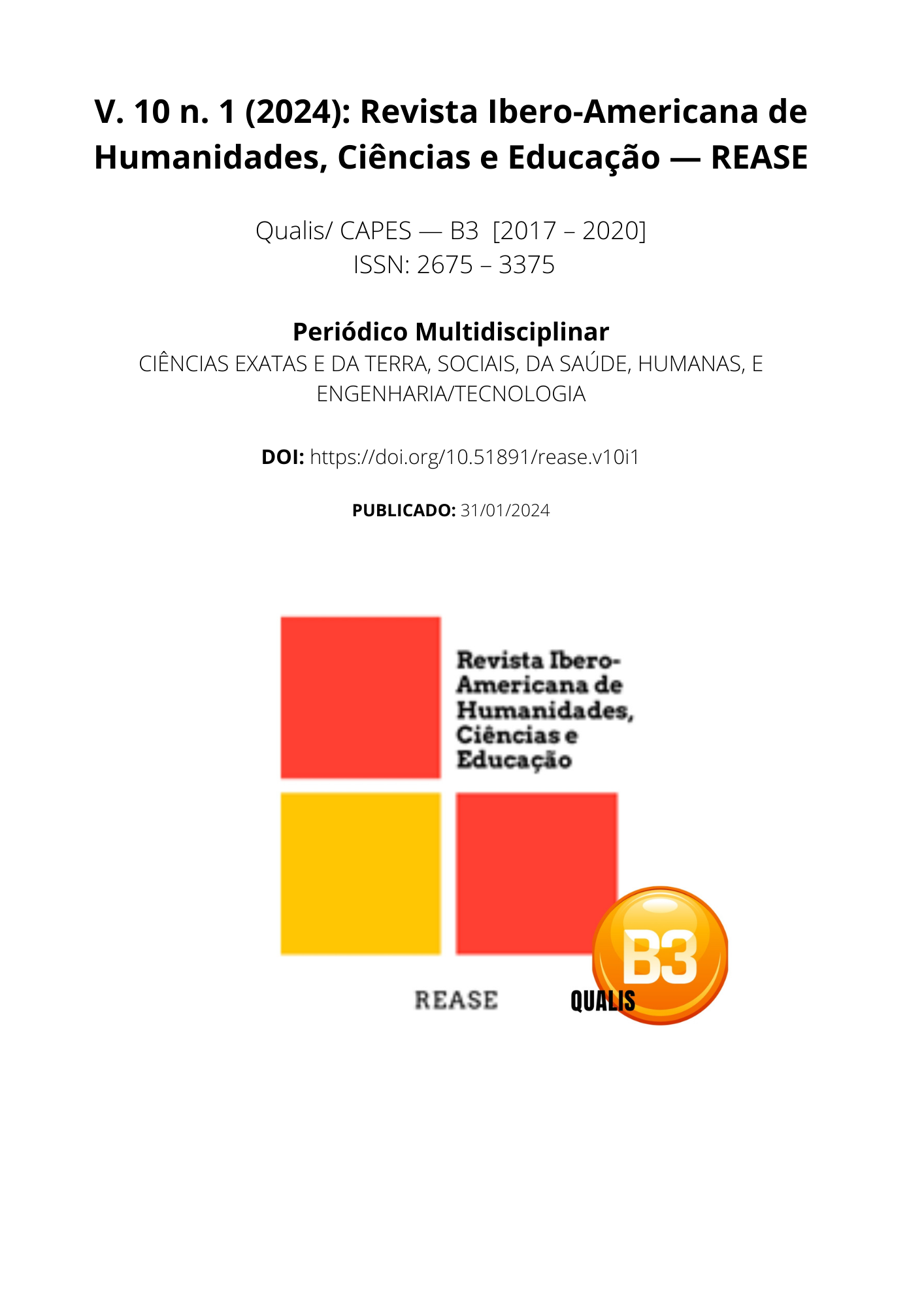EPIDEMIOLOGICAL ANALYSIS OF HOSPITALIZATIONS RELATED TO CHILDHOOD STRABISMUS IN BRAZIL, FROM 2013 TO 2023
DOI:
https://doi.org/10.51891/rease.v10i1.12994Keywords:
Pediatric Strabismus. Hospitalization. Ophthalmic Surgery. Brazil.Abstract
ABSTRACT: Introduction: Strabismus is the loss of ocular parallelism, resulting in the misalignment of visual axes. In the Brazilian context, estimating the prevalence of strabismus in the pediatric population holds significant importance for child ocular health. Epidemiological studies have focused on quantifying this condition, considering variables such as age, gender, and ethnic characteristics. Research indicates that the prevalence of strabismus among children in Brazil is 2 to 3%, and it may vary regionally, emphasizing the need for specific approaches in different geographical areas. Additionally, socioeconomic and healthcare access factors play a crucial role in the proper detection and treatment of strabismus in children. Objective: Analyze and describe the epidemiology of strabismus cases related to hospitalizations that occurred in Brazil from January 2013 to July 2023. Methodology: This is a descriptive cross-sectional observational epidemiological study, and the data were obtained from information provided by the SUS (Brazil's Unified Health System) Department of Informatics database. Analysis of results and discussion: in Brazil, a total of 19,203 hospitalizations related to ICD H50.9 (unspecified strabismus) were observed in the age group of 0 to 14 years between 2013 and 2023. Within the age group of infants to 14 years, there was a predominance in the 5 to 9 years age range, with a total of 8,997 cases (46.85%). The total cost of hospitalizations during the analyzed period was R$ 20,311,861.42, with an average cost per Hospital Admission Authorization of R$ 1,057.74. Final considerations: The findings, consistent with previous national and international studies, highlighted the predominance of exotropia, underscoring the importance of early interventions. Economic analyses indicated an increase in medical expenses, particularly in surgical procedures, suggesting a demand for effective management strategies.
Downloads
Downloads
Published
How to Cite
Issue
Section
Categories
License
Atribuição CC BY

